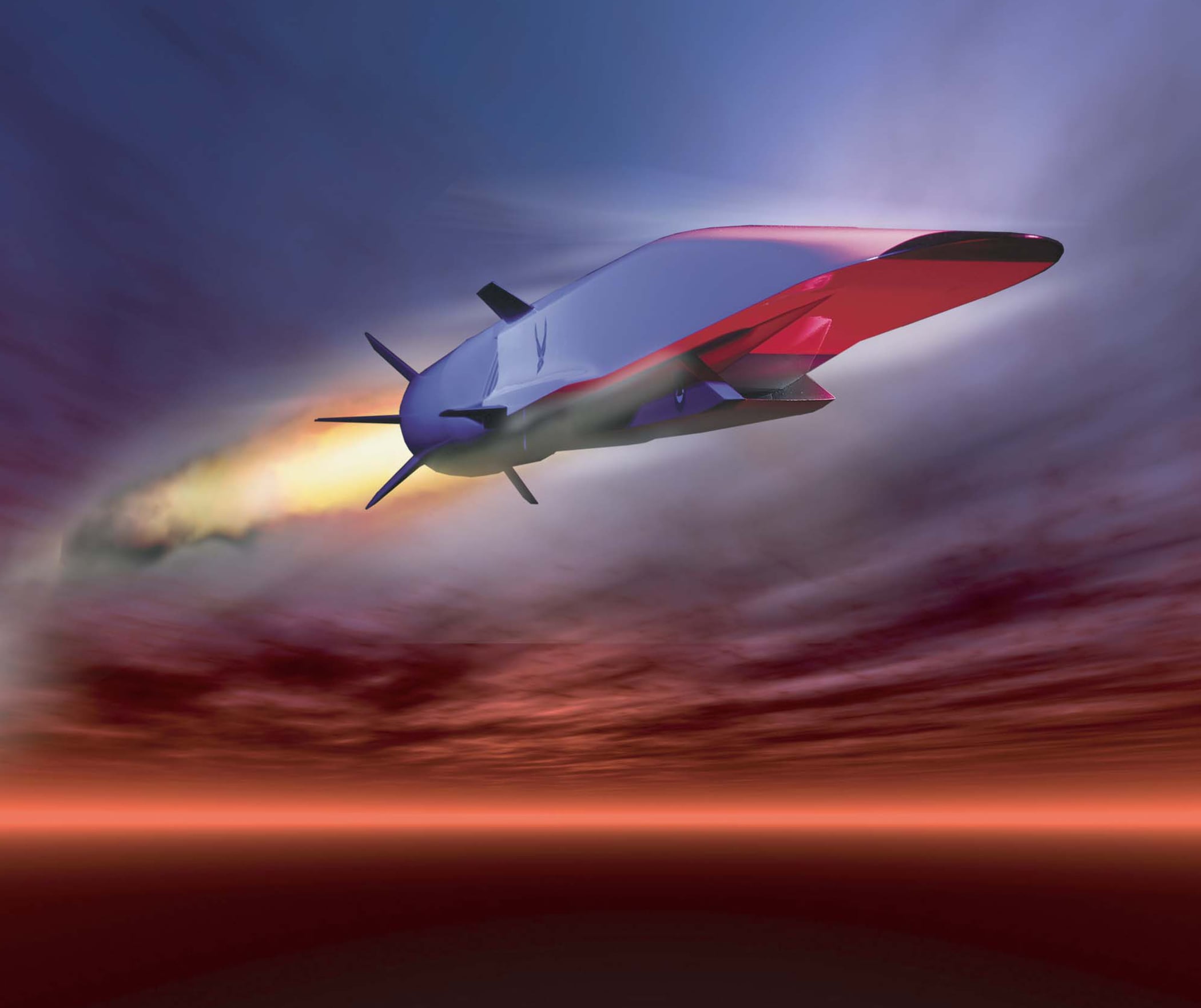The Air Force has officially named the hypersonic flight research vehicle it is testing.
The vehicle, dubbed X-60A, is being developed by Generation Orbit Launch Services Inc., under contract to the Air Force Research Laboratory’s Aerospace Systems Directorate and High Speed Systems Division.
X-60A is an air-dropped liquid rocket, purpose-built for hypersonic flight research. This is the first Air Force Small Business Innovative Research program to receive an experimental “X” designation, Wright-Patterson Air Force Base’s public affairs office announced in a press release Thursday.
The Air Force Research Laboratory hopes the X-60A program will increase the frequency of flight testing while also lowering the cost of developing hypersonic technologies.
“The X-60A is like a flying wind tunnel to capture data that complements our current ground test capability,” said Col. Colin Tucker, military deputy, Office of the Deputy Assistant Secretary of the Air Force for science, technology, and engineering.
“We’ve long needed this type of test vehicle to better understand how materials and other technologies behave while flying at more than 5 times the speed of sound," Tucker added. "It enables faster development of both our current hypersonic weapon rapid prototypes and evolving future systems.”

X-60A is envisioned as a way to provide the Air Force, other U.S. Government agencies and private industry with a platform to more rapidly develop technologies.
Rather than relying simply on ground test facilities to simulate hypersonic flight, an actual flight research vehicle will provide real conditions for researchers to gauge.
The testing will likely help in the Air Force’s quest for hypersonic missiles. The service has already issued two contracts to Lockheed Martin to develop hypersonic weapons: the Air-Launched Rapid Response Weapon and the Hypersonic Conventional Strike Weapon program.
RELATED

The Air Force cited 2021 as the goal year for a prototype missile.
The X-60A rocket vehicle propulsion system uses the Hadley liquid rocket engine, which utilizes liquid oxygen and kerosene propellants, according to the Air Force release.
The system is designed to provide affordable and regular access to high dynamic pressure flight conditions between Mach 5 and Mach 8.
Hypersonic flight is defined as anything at Mach 5 or faster, meaning five times the speed of sound.
If successfully developed, a hypersonic missile would be able to skirt past existing air defenses and hold enemy forces at risk from great distances.

The U.S. military’s interest in hypersonic flight seems to be matched by its strategic competitors — China and Russia.
There have been concerns in the United States that Russian development of hypersonic glide missiles could pose a space-borne threat to the United States mainland.
The glide vehicle could allegedly fly an arced trajectory high into the atmosphere, near outer space, atop an intercontinental ballistic missile, thereby avoiding existing missile defense systems, according to a March speech by Russian President Vladimir Putin.
China has also already tested a hypersonic glide vehicle, which the Pentagon reportedly called “WU-14.”
In addition to the threat to the homeland, U.S. officials worry that hypersonic missiles could easily bypass U.S. defenses in the Pacific theater, demolishing aircraft carriers with conventional payloads.
Kyle Rempfer was an editor and reporter who has covered combat operations, criminal cases, foreign military assistance and training accidents. Before entering journalism, Kyle served in U.S. Air Force Special Tactics and deployed in 2014 to Paktika Province, Afghanistan, and Baghdad, Iraq.





